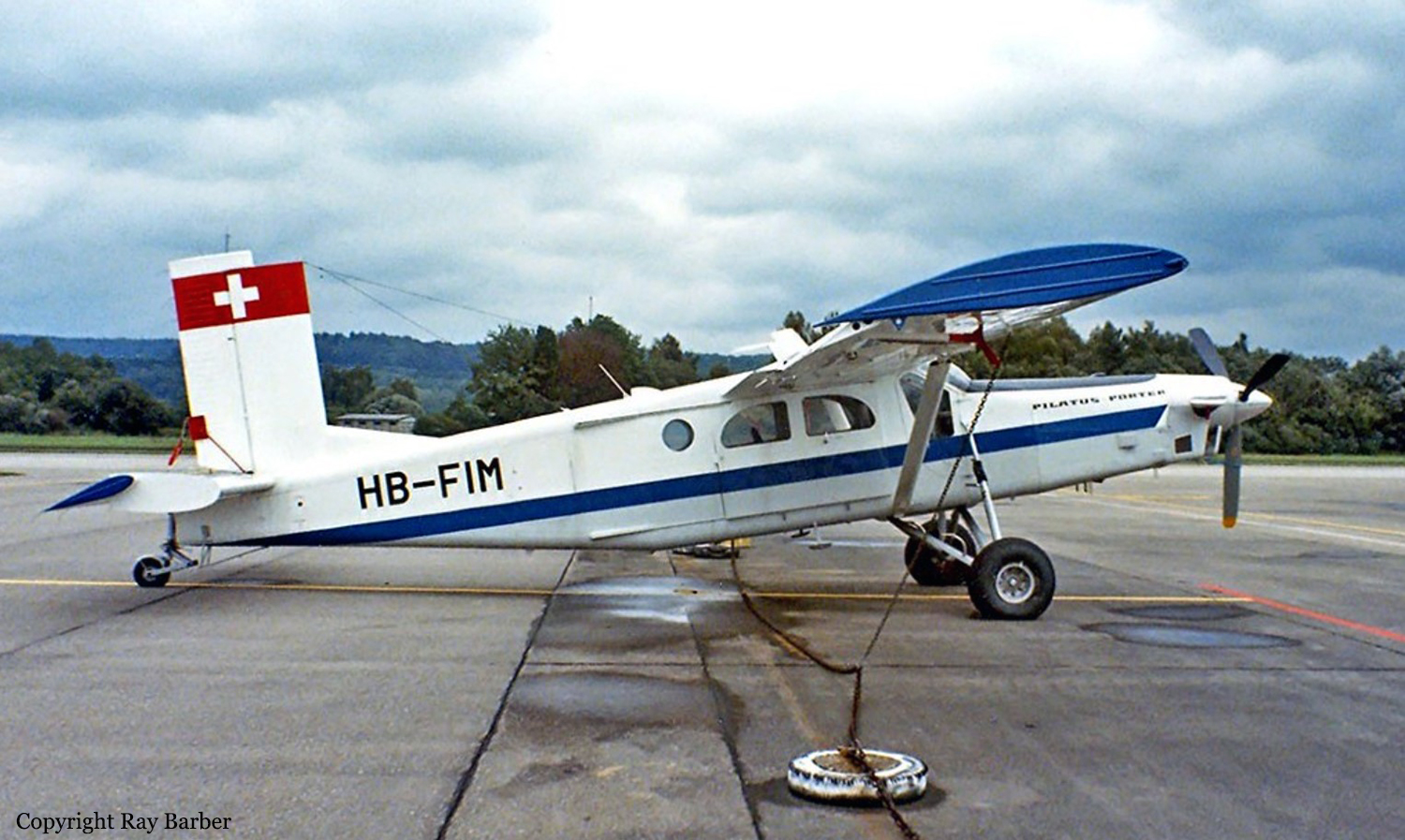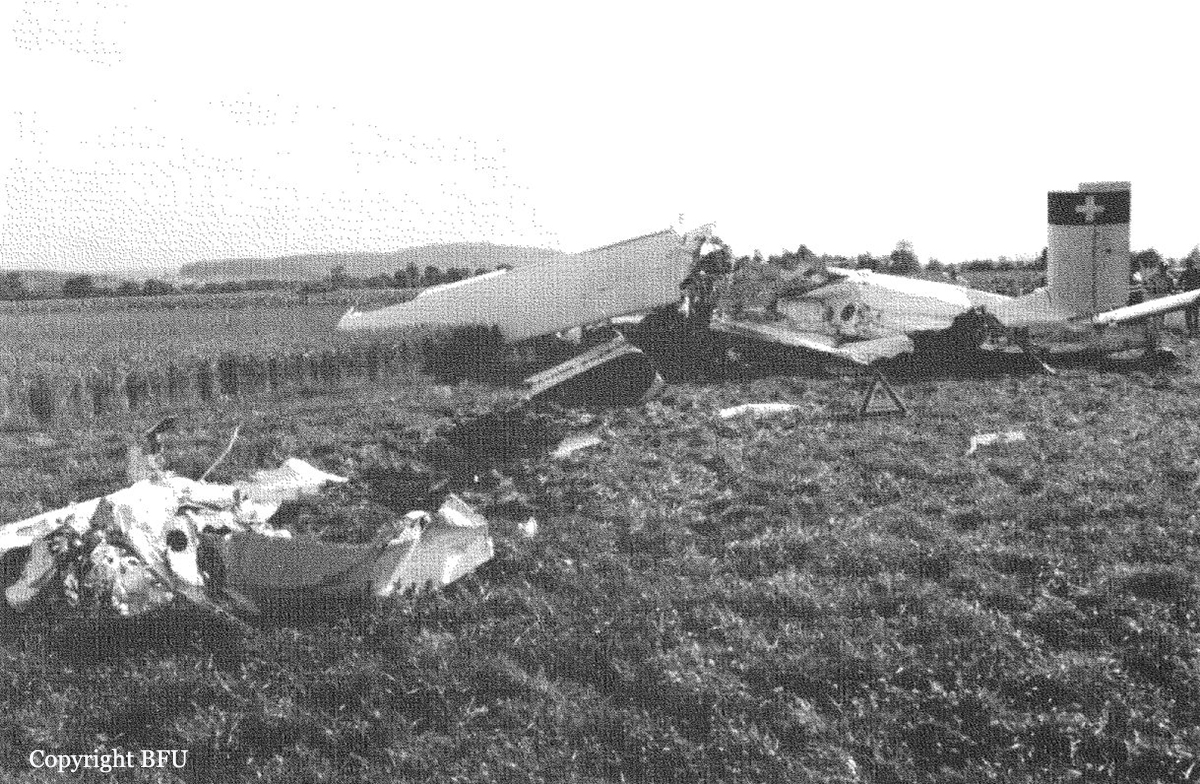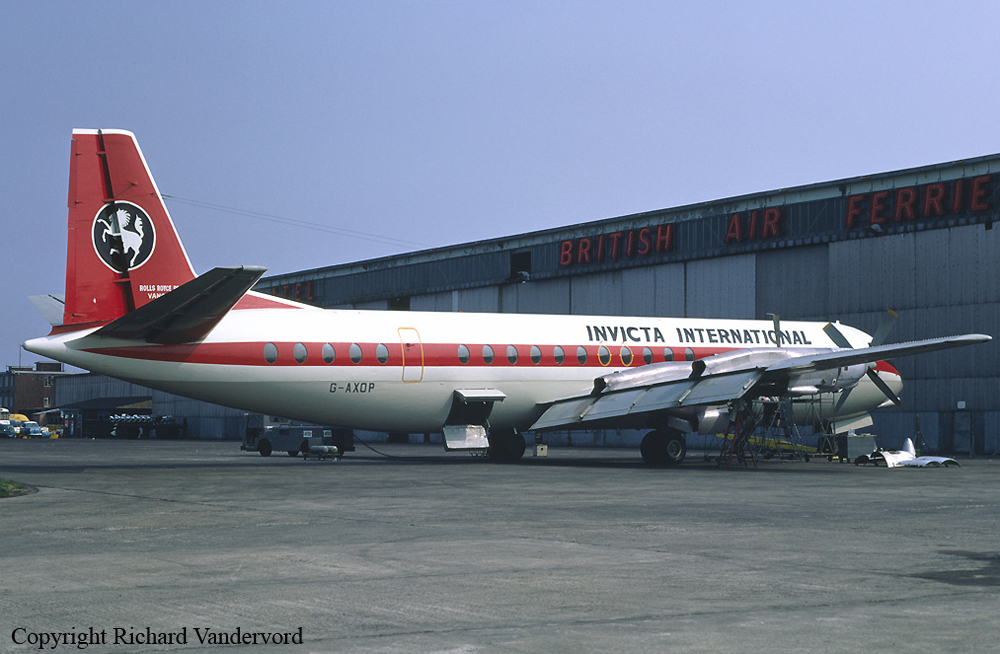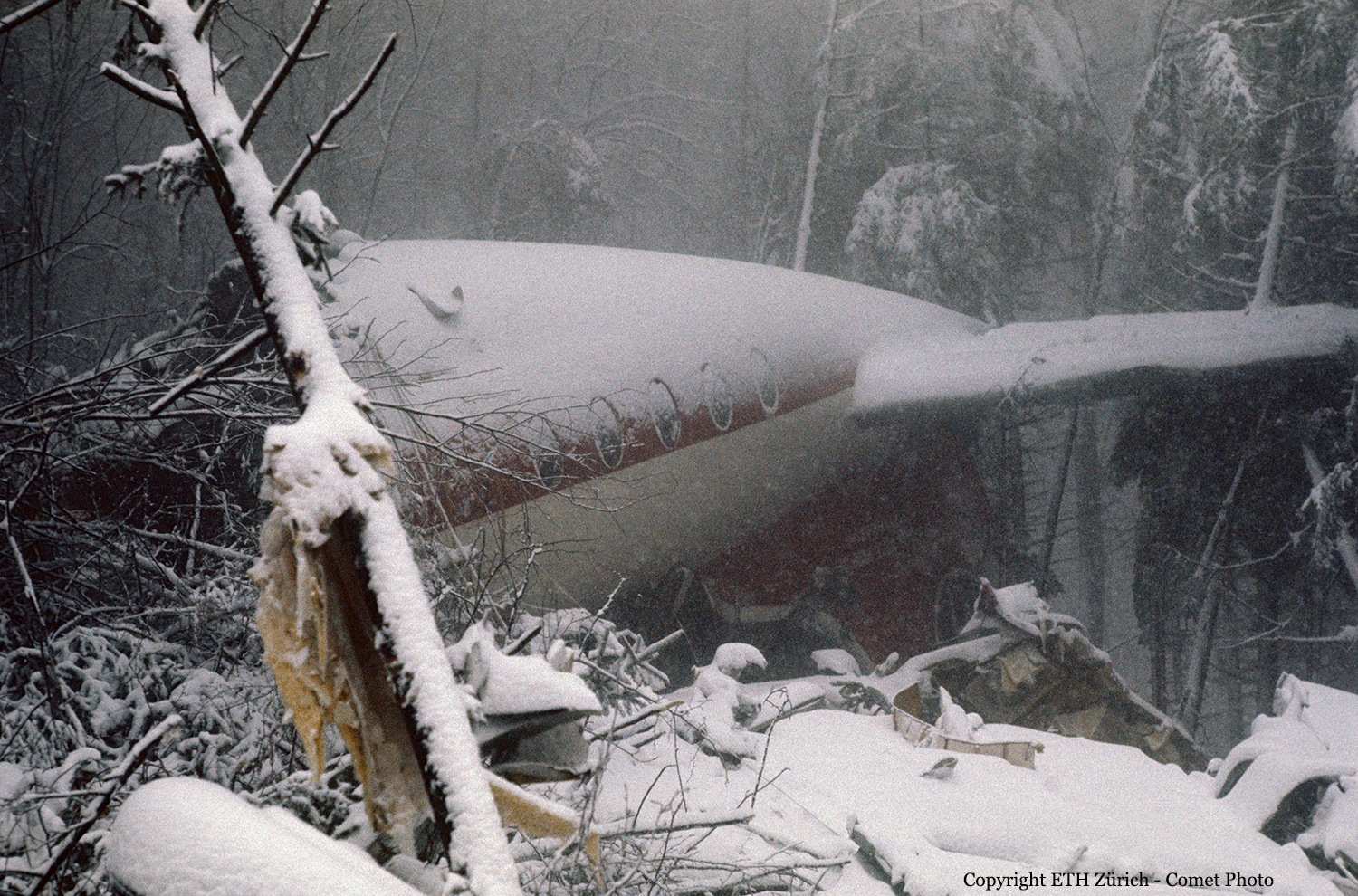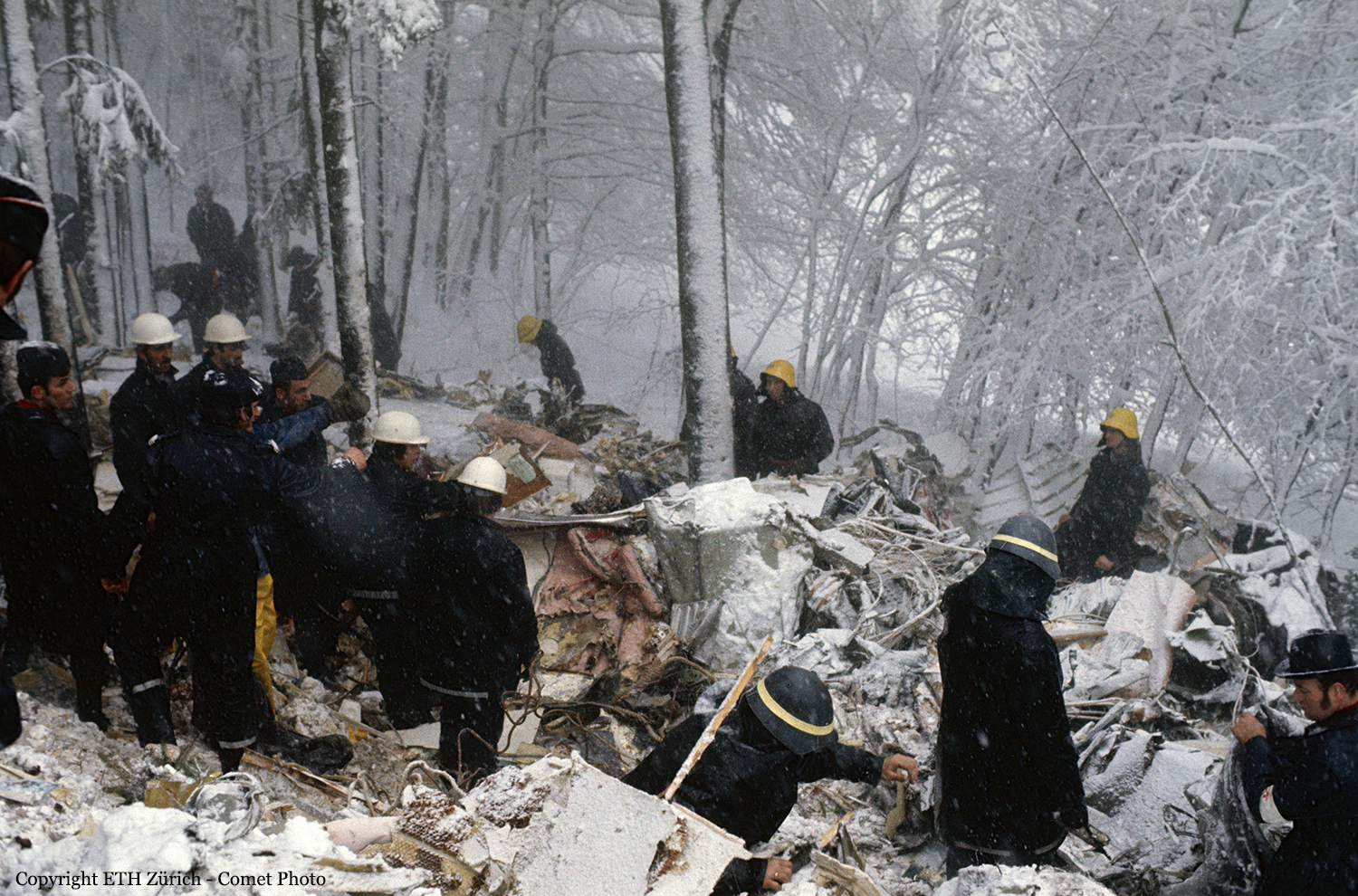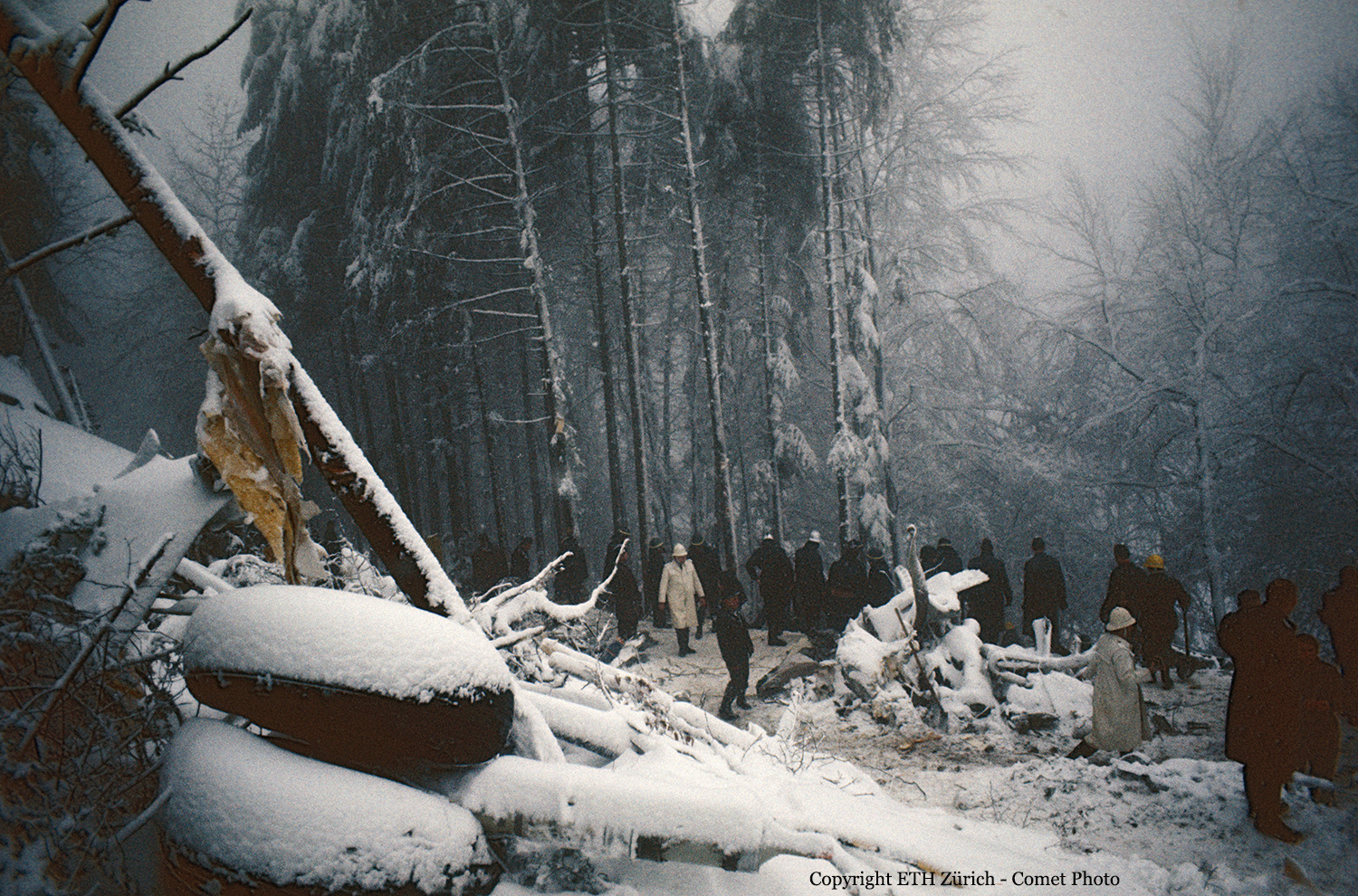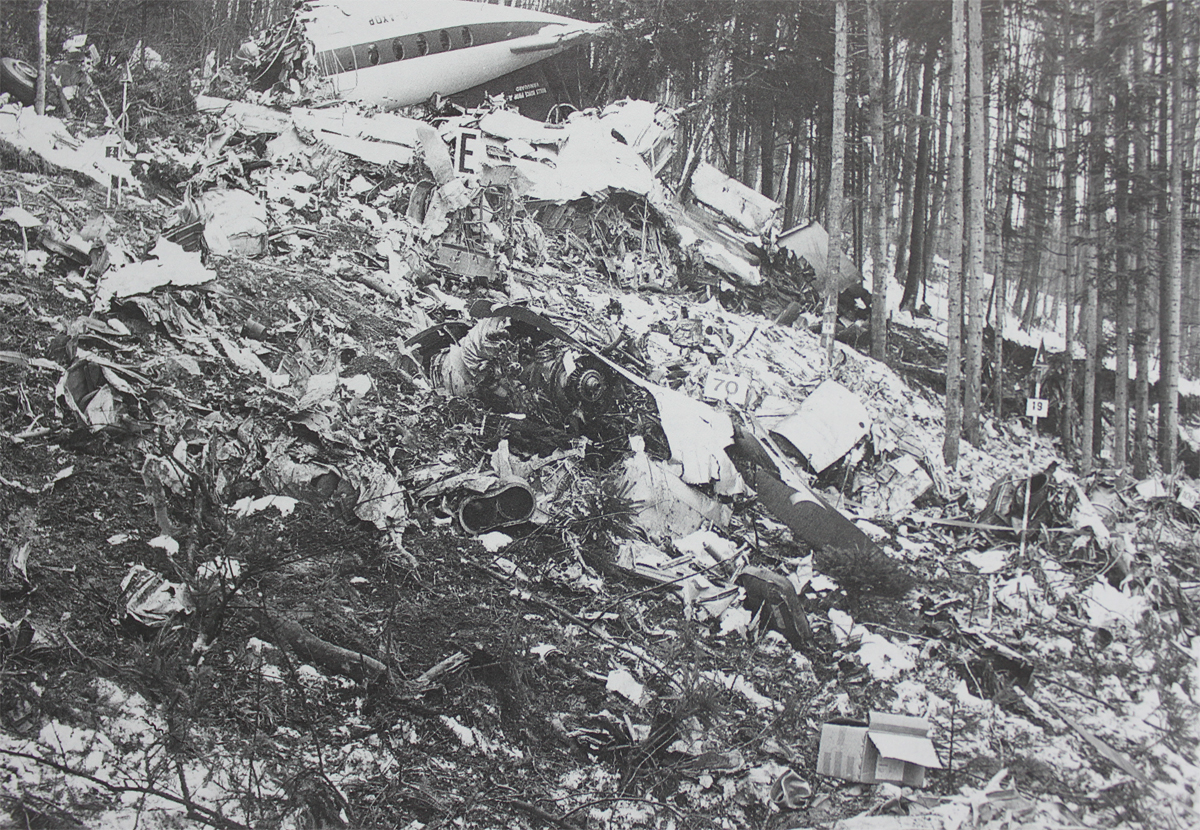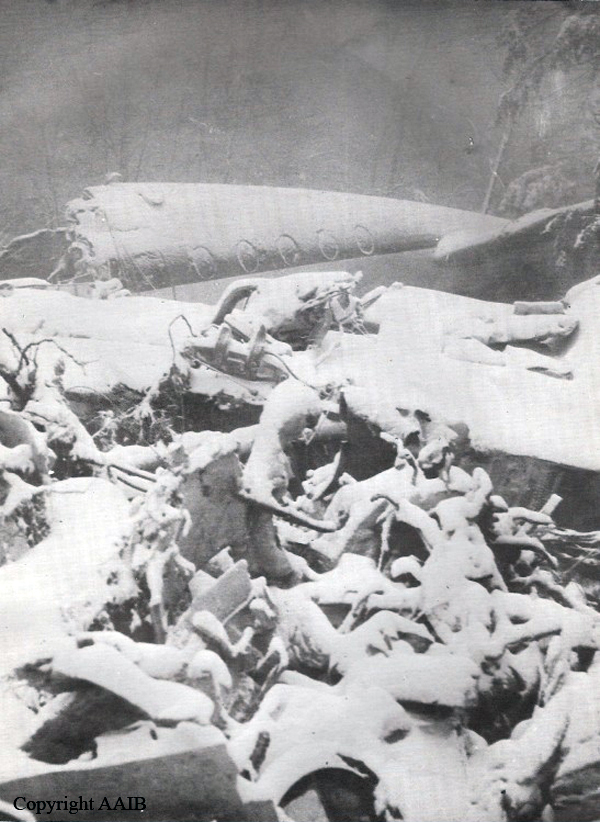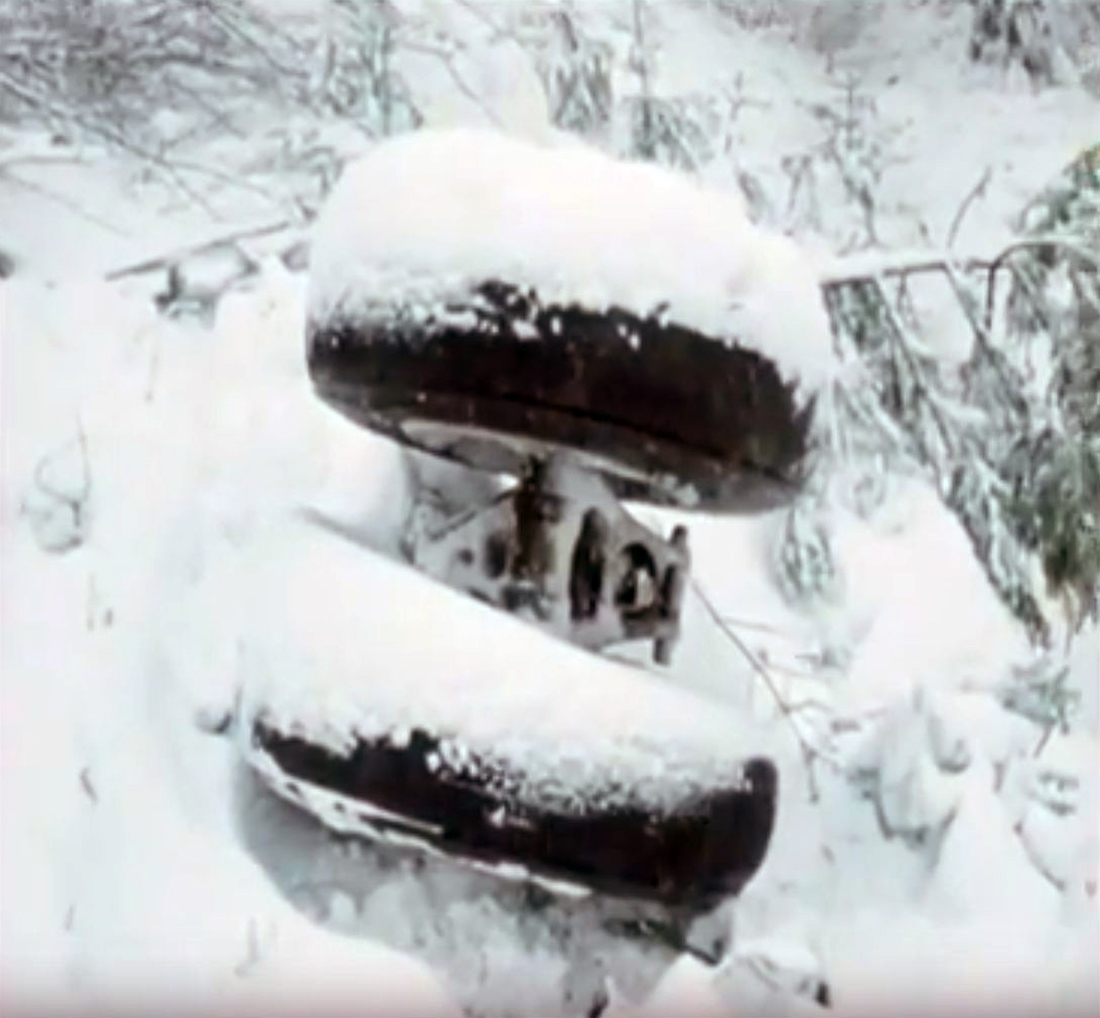Crash of a Pilatus PC-6/B2-H2 Turbo Porter in Grenchen
Date & Time:
Jul 29, 1987 at 1535 LT
Registration:
HB-FIM
Survivors:
Yes
Schedule:
Grenchen - Grenchen
MSN:
741
YOM:
1974
Crew on board:
1
Crew fatalities:
Pax on board:
8
Pax fatalities:
Other fatalities:
Total fatalities:
0
Captain / Total hours on type:
74.00
Aircraft flight hours:
4948
Circumstances:
The single engine aircraft departed Grenchen Airport on a local skydiving flight, carrying eight skydivers and one pilot. At the altitude of 1,000 meters, the instructor opened the door and the pilot stabilized the airplane and reduced the speed. The first skydiver bailed out and when the second skydiver was ready, the instructor realized his dorsal parachute bag was partially open and decided to push him outside the cabin. Immediately after, he heard a shock and saw that the horizontal stabilizer was damaged. It is believed that the first skydiver probably made an excessive traction on the strap which may cause the automatic open of the next skydiver. In such situation, all other skydivers and the instructor bailed out. The pilot attempted several times to stabilize the airplane but unable to reach Grenchen Aerodrome, he bailed out at a height of 300 meters. Out of control, the airplane crashed in an open field and was destroyed. All nine occupants were uninjured.
Probable cause:
The accident was the consequence of the following findings:
- Poor layout of the automatic opening system of the straps in the cabin,
- An horizontal stabilizer was damaged by parachute elements.
- Poor layout of the automatic opening system of the straps in the cabin,
- An horizontal stabilizer was damaged by parachute elements.
Final Report:
